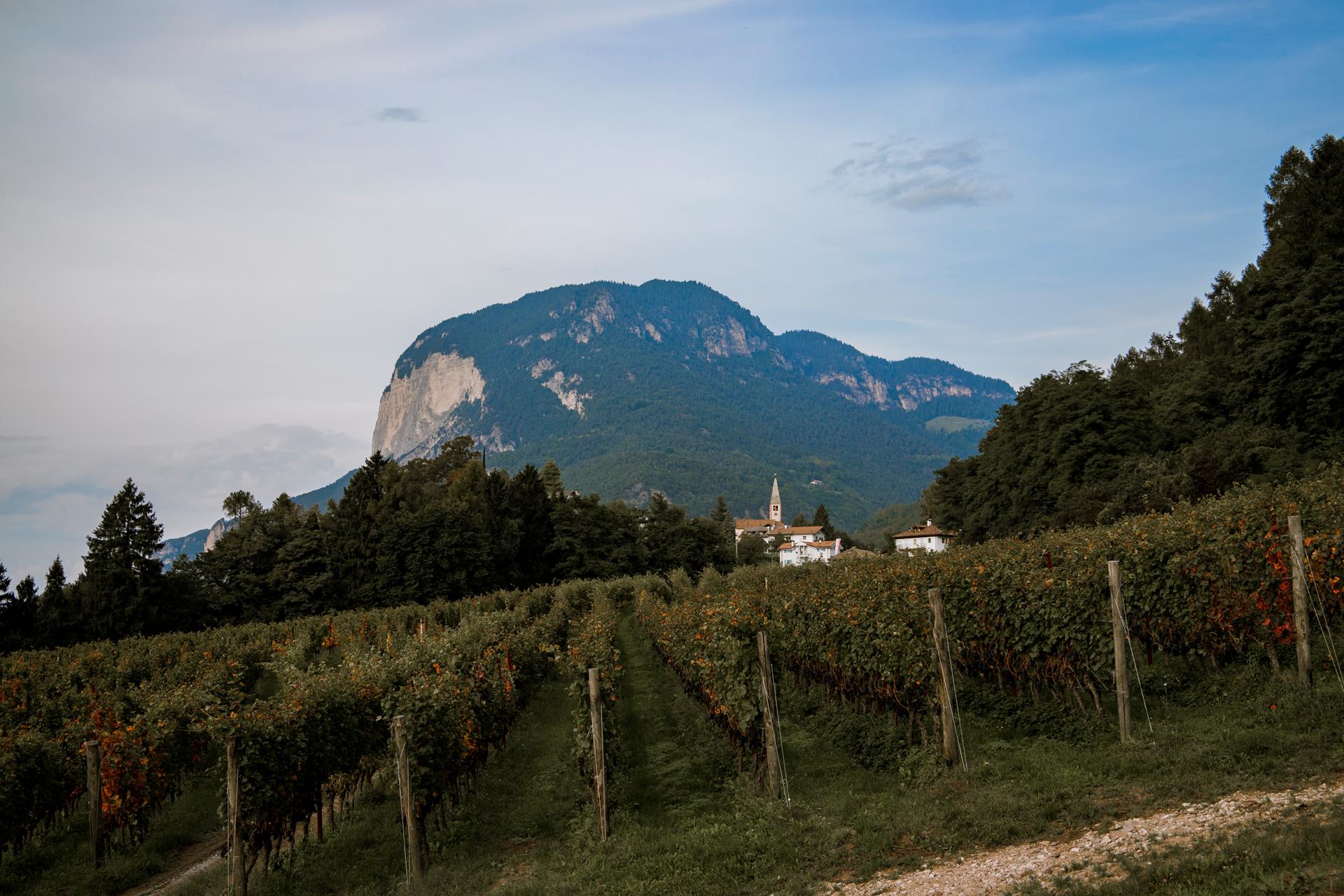Wineries
Kaltern an der Weinstraße/Caldaro sulla Strada del Vino, Alto Adige Wine Road
The Kettmeir Winery in Caldaro has existed since 1919. Or to put it better, the winery has existed since 1919, but they have also been making sparkling wine since 1964. Today, Kettmeir relies upon 60 suppliers who cover a broad winegrowing area. It ranges from Caldaro up to Soprabolzano on the Renon plateau in the north and down to Pochi above Salorno in the south.
Shortly after the end of the First World War, the agronomist Giuseppe Kettmeir built a winery in Caldaro. For nearly 50 years, the production of quality wines was the only pillar of the Kettmeir Winery, until the potential of sparkling wines was recognized in 1964. “As far as the production of sparkling wine is concerned, we are among the pioneers in Alto Adige and have made our contribution to reviving this tradition,” they say at the Kettmeir Winery.
Since 1986, this winery in Caldaro has belonged to the Santa Margherita winegrowing group, but the focus of its activity did not change with this event. Today, 60 winegrowers supply the winery with grapes that originate from 55 hectares of vineyards. The core is those in Caldaro, from which Pinot Noir, Pinot Blanc, Chardonnay, Sauvignon Blanc, and Red Muscat originate. Pinot Noir and Chardonnay are also supplied by estates in Pochi, while the Ebnicherhof in Soprabolzano provides the winery with Müller Thurgau grapes.
Out of this diversity, Kettmeir creates exquisite sparkling wines – and since 1992 using only the classic méthode champenoise. “It is the most complex way of producing sparkling wine,” they say at the winery, “but also the most elegant.”
Shortly after the end of the First World War, the agronomist Giuseppe Kettmeir built a winery in Caldaro. For nearly 50 years, the production of quality wines was the only pillar of the Kettmeir Winery, until the potential of sparkling wines was recognized in 1964. “As far as the production of sparkling wine is concerned, we are among the pioneers in Alto Adige and have made our contribution to reviving this tradition,” they say at the Kettmeir Winery.
Since 1986, this winery in Caldaro has belonged to the Santa Margherita winegrowing group, but the focus of its activity did not change with this event. Today, 60 winegrowers supply the winery with grapes that originate from 55 hectares of vineyards. The core is those in Caldaro, from which Pinot Noir, Pinot Blanc, Chardonnay, Sauvignon Blanc, and Red Muscat originate. Pinot Noir and Chardonnay are also supplied by estates in Pochi, while the Ebnicherhof in Soprabolzano provides the winery with Müller Thurgau grapes.
Out of this diversity, Kettmeir creates exquisite sparkling wines – and since 1992 using only the classic méthode champenoise. “It is the most complex way of producing sparkling wine,” they say at the winery, “but also the most elegant.”








































